dp0609 - FEP - Universidade do Porto
dp0609 - FEP - Universidade do Porto
dp0609 - FEP - Universidade do Porto
You also want an ePaper? Increase the reach of your titles
YUMPU automatically turns print PDFs into web optimized ePapers that Google loves.
information on any executive committees which have been nominated by the<br />
board of directors 10 .<br />
From the analysis of corporate governance reports, we conclude that<br />
the number of board meetings is usually lower when firms have appointed an<br />
executive committee, which suggests that a substitution effect is occurring.<br />
More precisely, the average number of board meetings when an executive<br />
committee is in place is 11.91, but that number reaches 15.69 when such<br />
committee <strong>do</strong>es not exist, the difference being statistically significant (p-values<br />
of 0.086, assuming equal variances, or 0.055 when this is not assumed).<br />
The mean (median) number of board meetings in each year is 14.21<br />
(12) (minimum of 4 and maximum of 58) and the presence of an executive<br />
committee is observed in 36% of the sample (33 observations). Carcello et al.<br />
(2002) report a mean (median) of 7.54 (7) meetings while Abbott et al. (2003)<br />
<strong>do</strong>cuments a figure of 6.94 (6) meetings.<br />
From the statistics above, and assuming that board diligence can be<br />
proxied by the number of meetings, one could conclude that the typical board<br />
of directors of listed Portuguese firms is more diligent than the average board<br />
reported by the two studies referred above.<br />
For the reasons discussed earlier, PNEXEC is a variable measuring<br />
the proportion of non-executive members according to the classification<br />
published in company reports. We view here such variable as a proxy for the<br />
percentage of independent members. We acknowledge that this proxy can be<br />
biased as it may measure by excess the real number of independent directors<br />
10 We can assess the roles assigned to this kind of committees and their activities by analyzing<br />
the example of Jerónimo Martins, as taken from this firms’ 2003 corporate governance<br />
report:<br />
“The objective of the executive committee of the company is to assist the board of directors in<br />
its management functions. As a body delegated by the Board, it is up to the executive<br />
committee, according to its statutory rules, the exercise of following functions: definition of<br />
the strategic orientations of the Group, as well as the fundamental policies to be followed by<br />
its subsidiaries; controlling the implementation, by all the firms in the Group, of those<br />
strategic orientations and policies; accounting and financial control of the Group and each of<br />
its firms; general coordination of the operating activities of the firms in the Group, regardless<br />
of their integration in business units or not; following the development of new ventures during<br />
their launching phase until the full integration of those ventures in business units;<br />
implementing a human resources policy for the senior executives of the Group. Throughout<br />
the year 2003 the executive committee met 36 times.”<br />
22




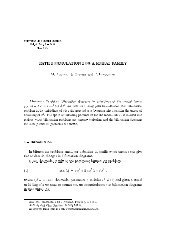
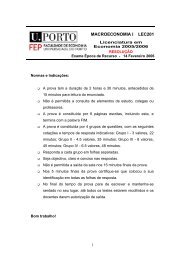


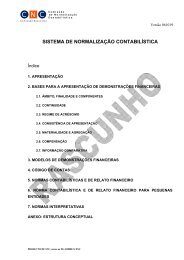

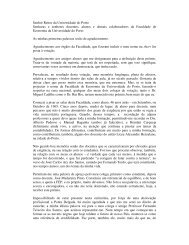
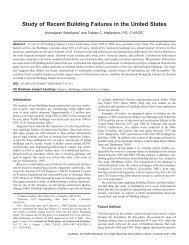
![Republica [Popular] de Moçambique. As Alterações Toponímicas e ...](https://img.yumpu.com/20789614/1/184x260/republica-popular-de-mocambique-as-alteracoes-toponimicas-e-.jpg?quality=85)




